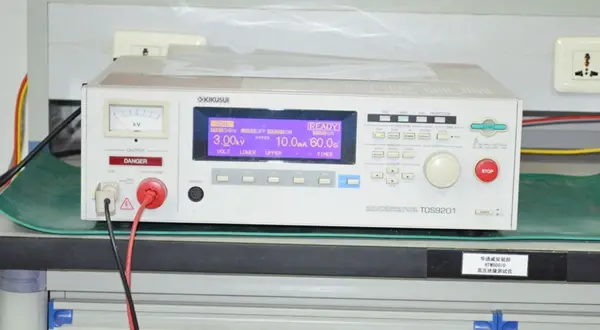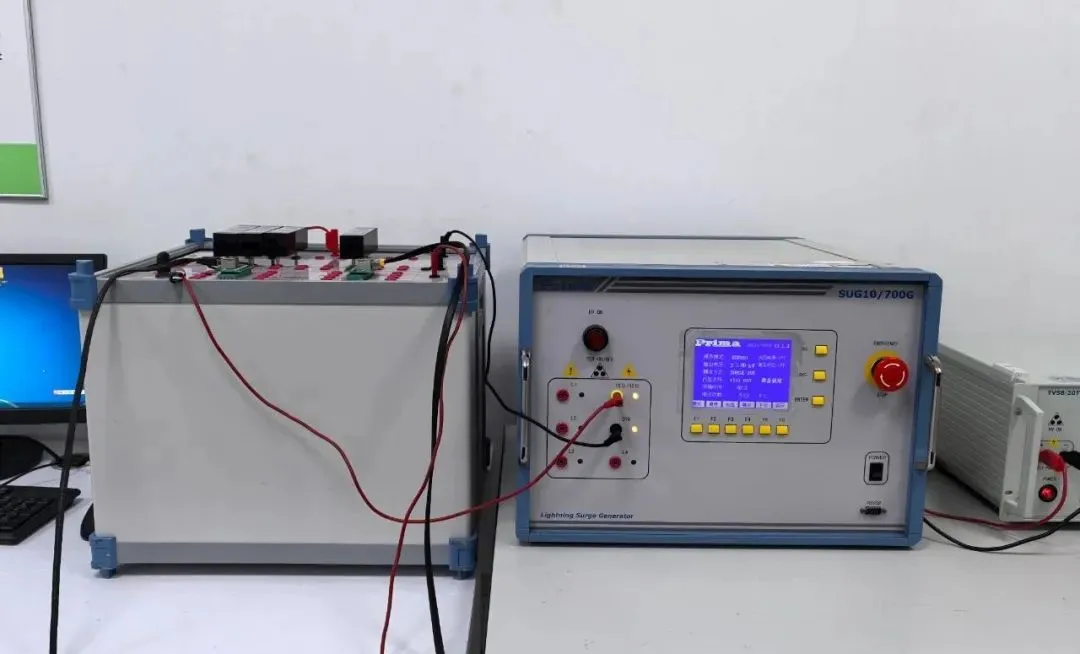
Differences Between EN71 and CPC for Children's Toys
"All 20,000 sets of electronic building blocks just shipped to Europe were detained for non-compliance with en71 certification; shortly after, a US customer demanded a CPC certificate. Do I really need two types of tests for one toy?"
The experience of Manager Li, a cross-border toy seller, is not an isolated case. Data shows that 90% of sellers of children's electronic toys have confused EN71 and CPC Certifications, with cases of product removals and fines due to incorrect standard selection increasing by 37% annually.
In fact, these two certifications correspond to the EU and US markets respectively. Their core differences directly determine whether products can enter the market legally — any confusion may lead to the total failure of the business.
Core Certification Differences
The core differences between EN71 and CPC start with their regULatory systems and scope of application, which is the first "cognitive trap" for sellers.
Dimension | EN71 (EU Standard) | CPC (US Certificate) |
Regulatory Body | European Committee for Standardization (CEN) | US Consumer Product Safety Commission (CPSC) |
Legal Basis | CE certification framework | Consumer Product Safety Improvement Act (cpsia) |
Scope of Application | Toys for children under 14 (EU 27 countries + EEA) | All products for children under 12 (toys + non-toys like cribs, children’s clothing) |
Legal Nature | Mandatory safety standard (must affix CE mark) | Self-declaration certificate (signed by US-based entities, legally binding with third-party test reports) |
Key Requirement | Prove compliance with specific clauses | Submit test reports from CPSC-recognized labs + signatory from US |
Case Warning: A seller once submitted EU EN71 test reports to Amazon US, resulting in account suspension and losses exceeding 500,000 yuan due to lack of a CPC certificate.
Strict Testing Requirements
Children's electronic toys (with circuits, batteries, etc.) have stricter testing standards. The focus of EN71 and cpc tests differs significantly.
1. Physical Safety
(1) EN71 (EN71-1): Focuses on "basic protection against foreseeable risks".
① Battery compartment: Must be tool-accessible to prevent battery ingestion.
② Noise limit: ≤85 decibels for sound-producing toys (to protect hearing).
③ Routine checks: Small part detachment, sharp edges.
(2) CPC (ASTM F963): Focuses on "real-scenario risk control".
① Drop test: 10 repeated drops from 1.37 meters (no shell/circuit damage).
② Ejection toys: Kinetic energy calculation to avoid impact injuries.
③ Special requirement: Power cords must pass 16 CFR Part 1505 (anti-leakage, unique to US standards).
2. Chemical Safety
(1) EN71 (EN71-3 + REACH): Wider coverage of substances.
① Controls 19 migratable heavy metals (lead limit: ≤13.5ppm).
② Additional reach compliance: Regulates 1,000+ chemicals (formaldehyde, PAHs, etc.).
(2) CPC (CPSIA): Stricter limits for high-risk substances.
① Lead limit: ≤100ppm (substrate).
② 6 phthalates (DEHP, DBP, etc.): ≤0.1% each.
③ Post-certification traceability: CPSC can recall batches within 3 years.
3. Special Requirements
① EN71: Requires eu authorized representative (AR) to file documents (retained for 10 years).
② CPC: Mandatory tracking label (manufacturer name, batch number) + CPSC registration for durable baby products.
Compliance Process Overview
Certification | Process Steps | Timeline | Core Threshold |
EN71 | 1. Test at EU-recognized lab (including EMC) 2. Sign Declaration of Conformity (DOC) 3. Affix CE mark + AR filing | 4-6 weeks | EU-recognized test lab + AR |
CPC | 1. Test at CPSC-recognized lab 2. US-based entity signs CPC 3. Upload certificate/report to platforms | 2-3 weeks | US-based signatory |
Pitfall Avoidance Guide
① Match certification to market: EU → EN71 + EMC + AR; US → CPC (ASTM F963 + CPSIA) + US signatory.
② Choose dual-standard supply chains: Prioritize raw materials/components compliant with both EN71-3 and CPSIA.
③ Track updates dynamically: EN71-3 adds 3 heavy metals (2026); CPSC strengthened battery tests (2025).
EN71 and CPC are not "either/or" options but mandatory "access keys" for different markets. For cross-border sellers, mastering their differences is crucial to avoiding penalties and seizing the $100 billion global children’s toy market opportunity.
Email:hello@jjrlab.com
Write your message here and send it to us
 How to get EN 62368-1 Test Report
How to get EN 62368-1 Test Report
 EN 300 328 Bluetooth Test Report
EN 300 328 Bluetooth Test Report
 How to get the EN 300328 Test Report?
How to get the EN 300328 Test Report?
 In-depth Interpretation of SAA Certification Q&
In-depth Interpretation of SAA Certification Q&
 Differences Between EN71 and CPC for Children's To
Differences Between EN71 and CPC for Children's To
 IP56/IP67/IP68 Waterproof and Dustproof Rating Tes
IP56/IP67/IP68 Waterproof and Dustproof Rating Tes
 CPC Certification Requirements
CPC Certification Requirements
 Amazon Electric Kettle Certification UL1082 Test
Amazon Electric Kettle Certification UL1082 Test
Leave us a message
24-hour online customer service at any time to respond, so that you worry!




